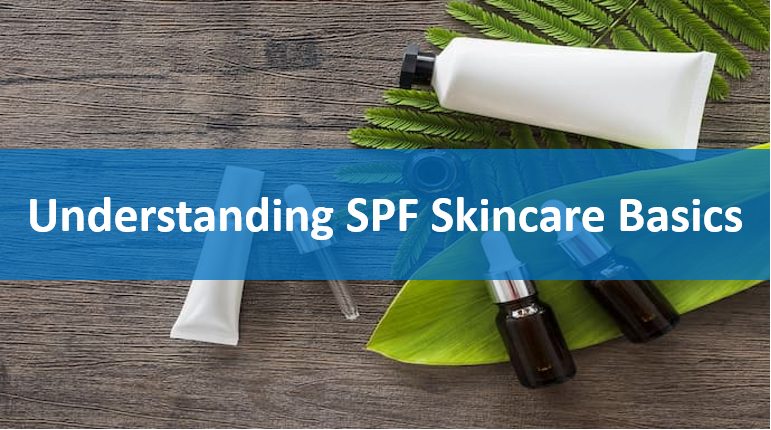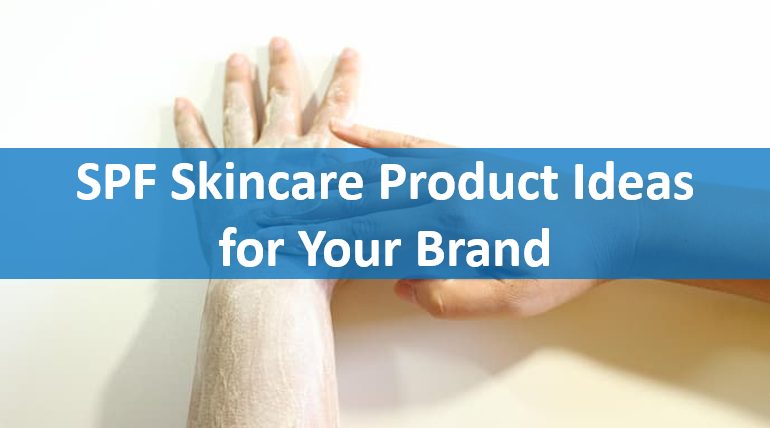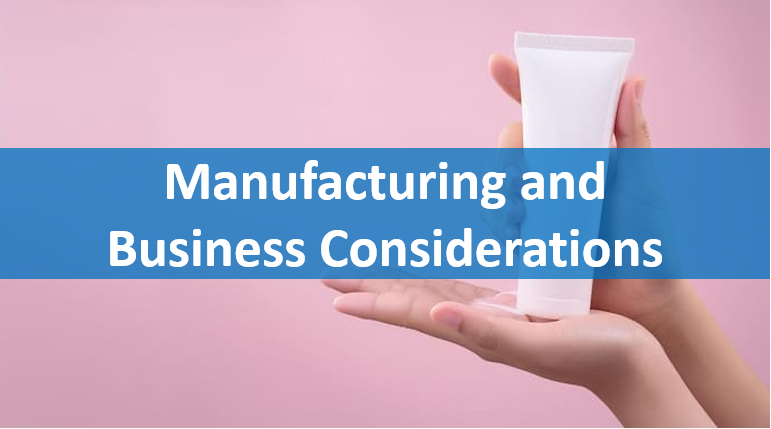
- HOME
- Cosmetic OEM Lab
How to Make SPF Skincare Products?
I want to know SPF Skincare Tips for Brand Owners
Can I make SPF Skincare in Japan?
With rising awareness of sun protection and its vital role in skin health, SPF has transformed from a seasonal must-have to an everyday skincare essential. Consumers are no longer content with basic sunblock — they’re looking for multifunctional products that combine SPF with hydration, colour correction, or even anti-aging benefits. For beauty startups, this shift presents a prime opportunity: formulating SPF skincare products that meet consumer needs while standing out in a saturated market.
In this guide, we’ll walk you through the key considerations — from understanding SPF terminology to generating product ideas, and finally, navigating the business and manufacturing landscape — so you can bring your SPF skincare vision to life.
Contents

Before diving into formulation or product types, it’s essential to build a solid foundation in SPF science. Understanding what goes into sun protection not only ensures product efficacy but also builds consumer trust in your brand.
Educating your customers about these terms can strengthen your brand’s credibility and help them choose the right products for their needs.
If you’re planning to sell in Asia or formulate with an Asian demographic in mind, it’s important to note the differences in regulatory and consumer expectations.
Make sure your manufacturer can adapt formulas to suit regional guidelines and market preferences.
Hybrid formulas (a mix of chemical and mineral) are gaining popularity for offering the best of both worlds — great protection and cosmetic elegance.

Once you understand SPF fundamentals, it’s time to brainstorm which SPF-infused products will align with your brand values and customer base. Here are some trending ideas to consider.
A 2-in-1 moisturizer + sunscreen is a top seller for everyday users. Ideal for skincare minimalists, this format is usually lightweight, fast-absorbing, and non-comedogenic. You can enhance it by adding niacinamide, ceramides, or hyaluronic acid for added skin benefits.
For customers who want light coverage with sun protection, tinted SPF creams are a fantastic option. These can double as primers or foundations while protecting the skin from UV damage. Use iron oxides in the formula for additional blue light protection — a major selling point in today’s digital-heavy lifestyles.
Blending SPF with blemish balm (BB) or colour correcting (CC) functions provides a truly multifunctional product. These are especially popular in Asia and appeal to consumers looking for hydration, coverage, and sun protection in one step. They’re great for no-makeup makeup looks.
SPF mists are trending for midday reapplication — particularly among office workers or makeup wearers who don’t want to smudge their base. While harder to formulate with stable SPF levels, these products are excellent add-ons and enhance your brand’s lifestyle positioning.
Lips are often forgotten when it comes to sun protection. An SPF lip balm with nourishing ingredients like shea butter, vitamin E, or coconut oil adds value to your product line and helps you stand out. Offer tinted versions for a dual-purpose product.
For oily skin or makeup lovers, SPF setting powders or compacts are a great solution for touch-ups. These provide oil control, mattifying effects, and sun protection in one — perfect for hot, humid climates or customers always on-the-go.

Once your product ideas are solidified, the next phase is working through formulation, packaging, regulations, and production. SPF products require more stringent testing and compliance, so working with experienced partners is key.
Choosing the right active ingredients is critical to meet both efficacy standards and marketing claims. Common SPF actives include:
| Zinc Oxide |
|
| Avobenzone |
|
| Octinoxate & Octocrylene |
|
| Tinosorb S/M |
|
Work with a chemist or OEM supplier to determine the right combination and SPF testing requirements for your target market. You may need in-vitro or in-vivo SPF testing, PA rating validation, and photostability testing.
SPF products require UV-stable packaging, especially for formulas containing avobenzone or other photolabile ingredients. Airless pumps, tinted bottles, and tubes with proper barrier protection are ideal.
Also, SPF packaging must follow strict labeling rules depending on where you sell:
Invest in packaging that is aesthetically aligned with your brand, functional, and compliant.
SPF products are regulated as quasi-drugs or OTC drugs in many countries. This means:
| U.S. |
|
| EU |
|
| ASEAN |
|
Also factor in:
Understanding these early will help you price your product profitably and avoid launch delays.

Launching an SPF skincare product as a startup is exciting but requires detailed planning and strategic execution. From grasping SPF science and selecting the right product format, to formulating with the right actives and navigating packaging and regulations — every step matters.
The good news? SPF products are in consistent global demand, and with the right positioning, your brand can enter the market with confidence. Focus on clear value, consumer trust, and high-performance formulation — and you’ll be well on your way to building a standout SPF line.
Need help formulating or connecting with a trusted SPF OEM? Reach out — your product launch journey starts here.
For further information, please contact us.